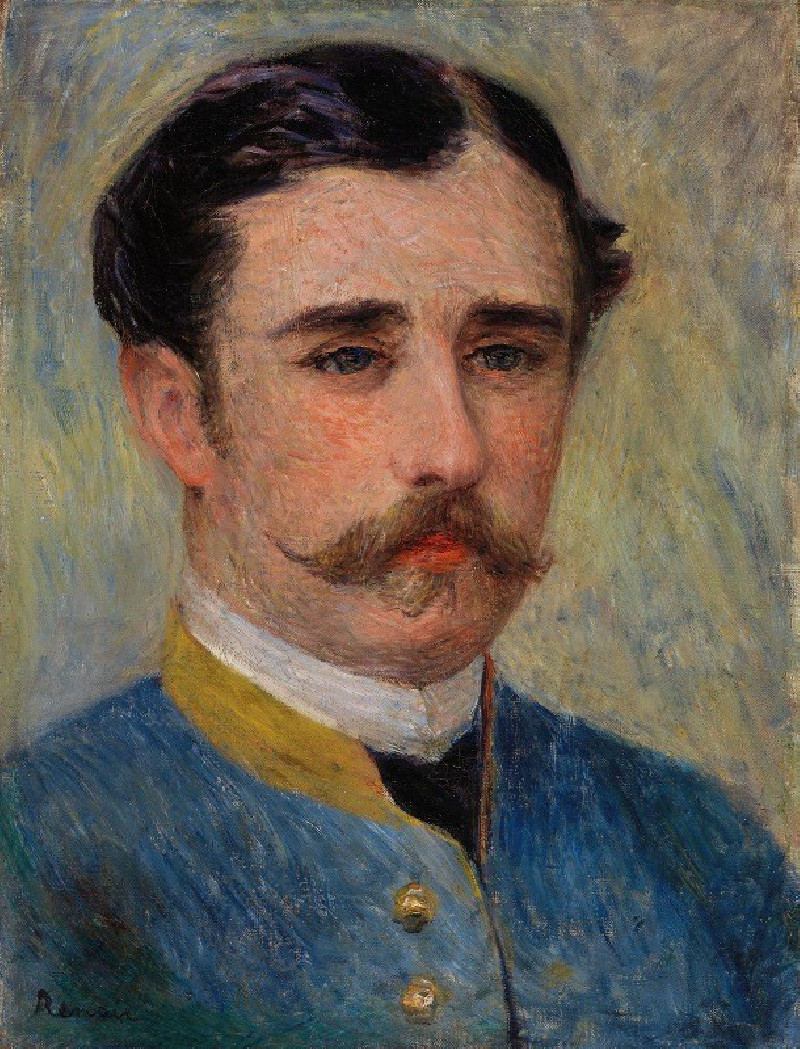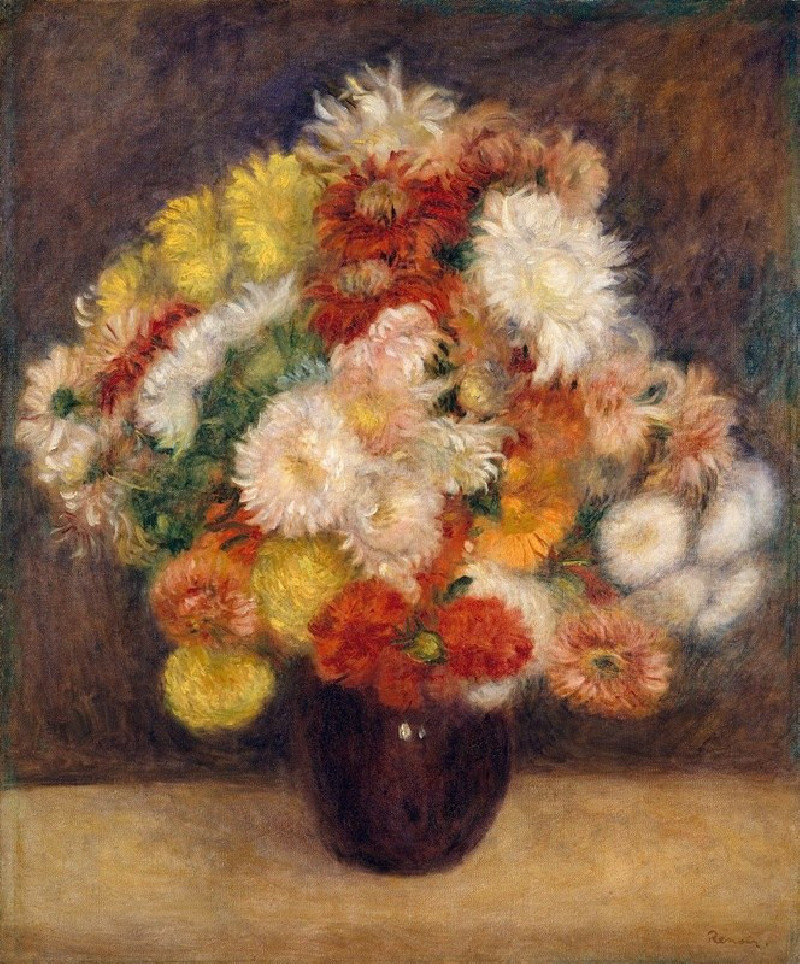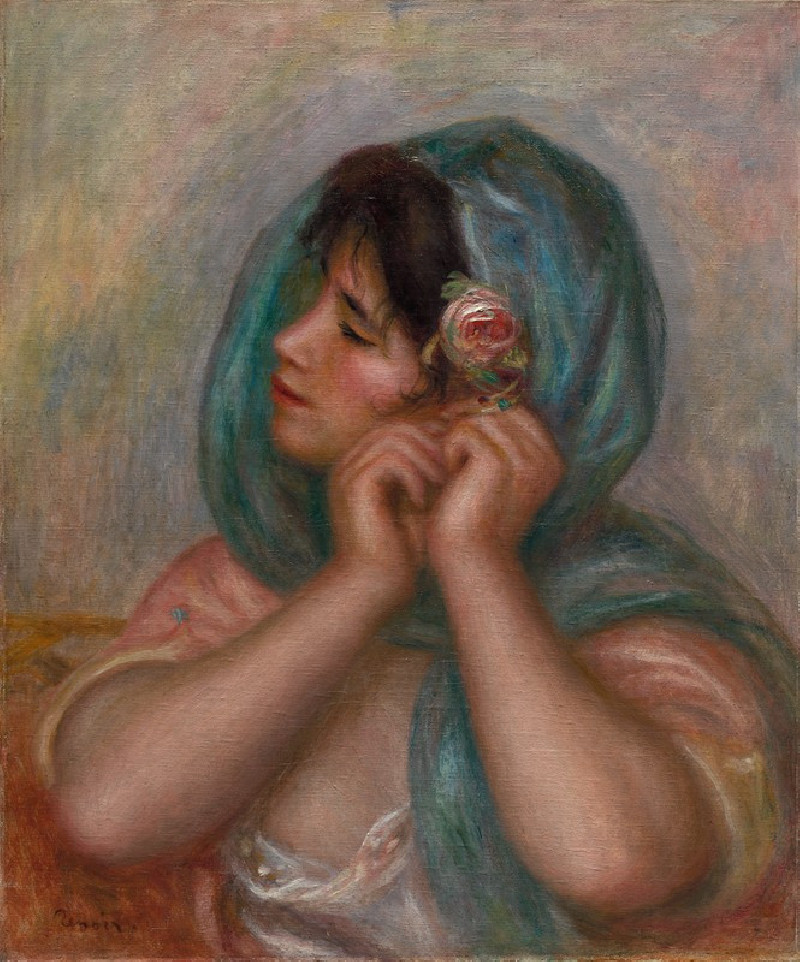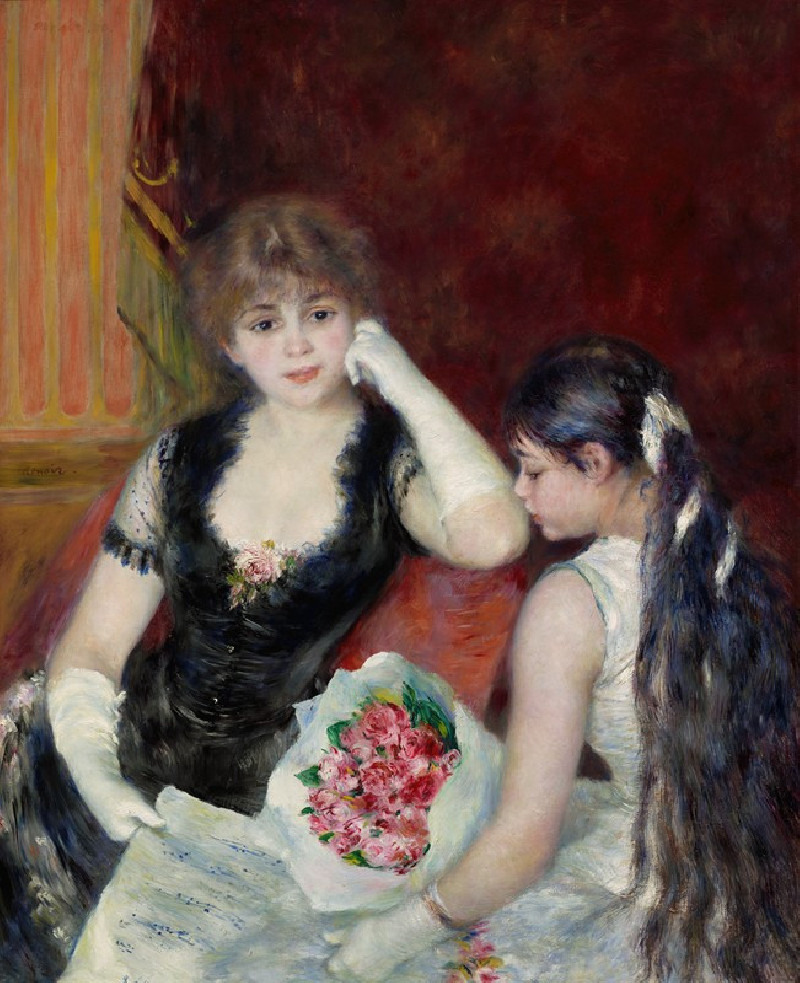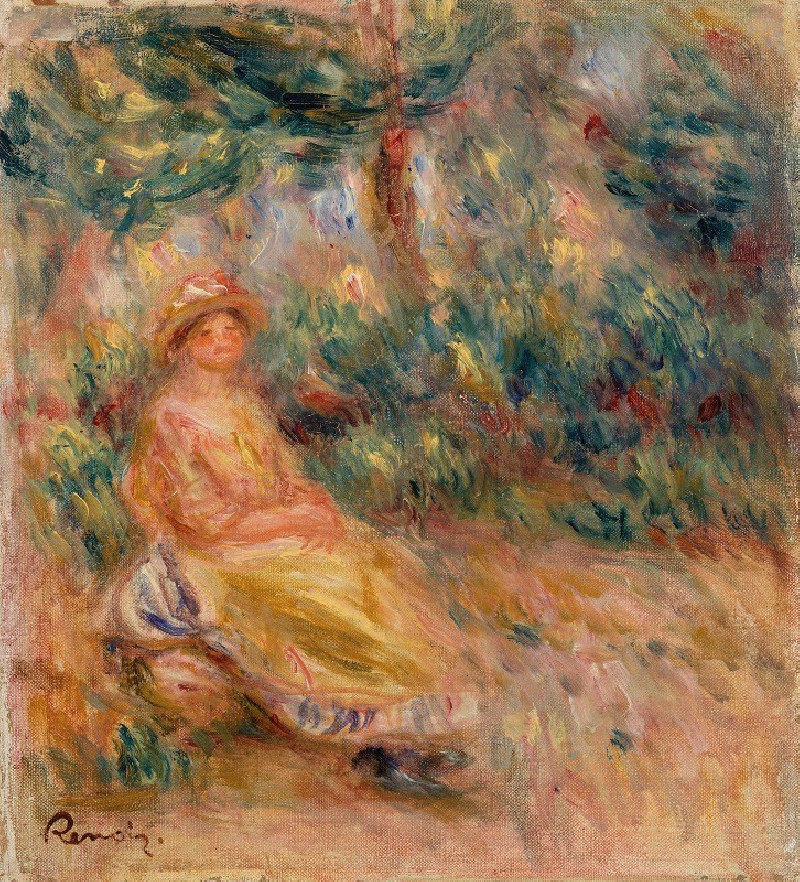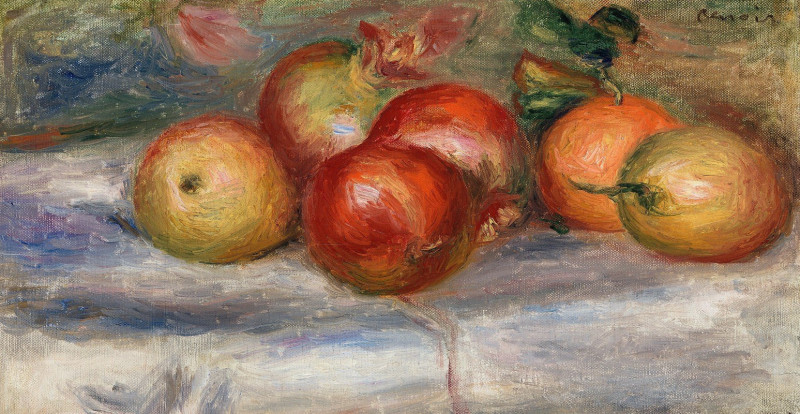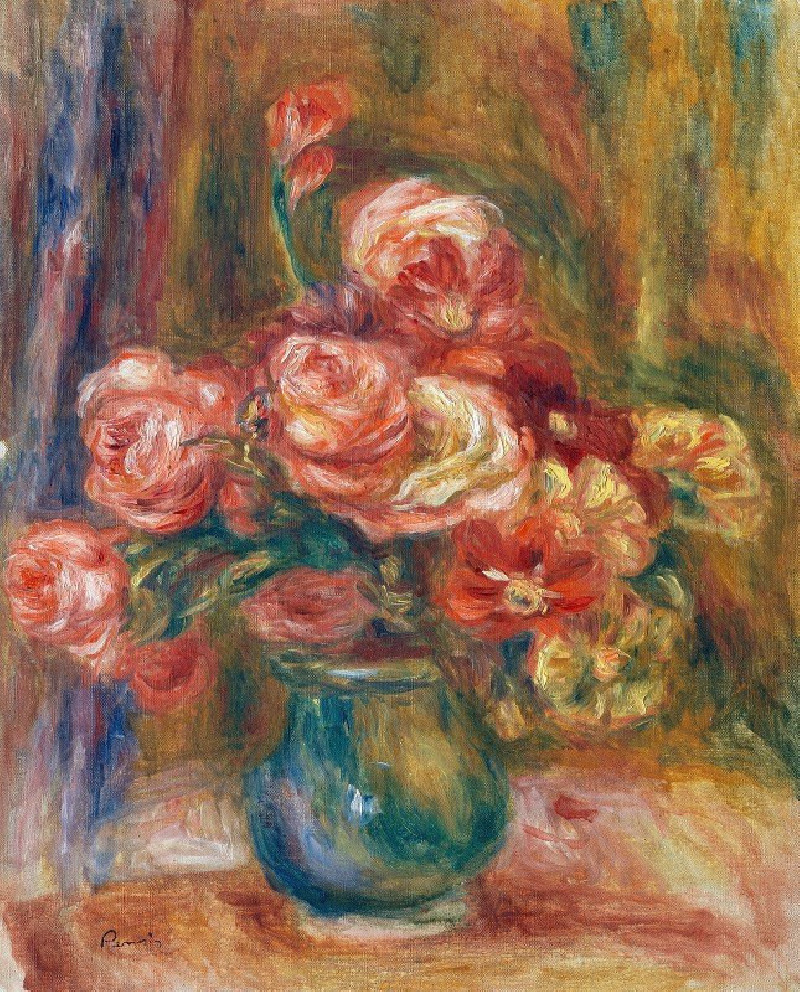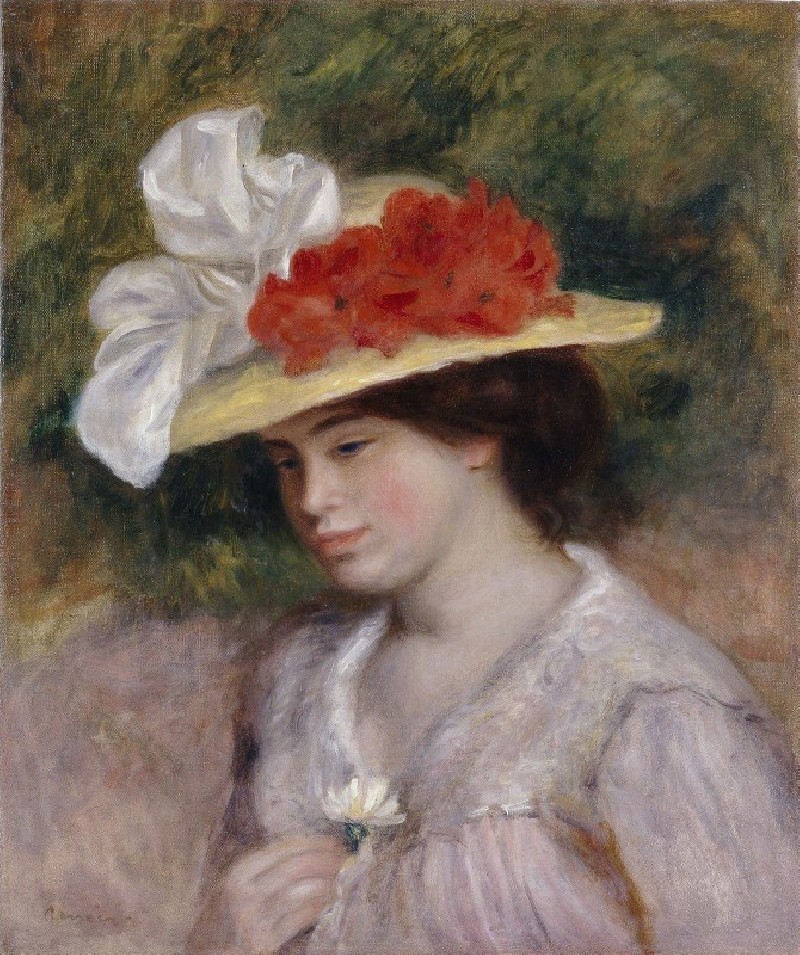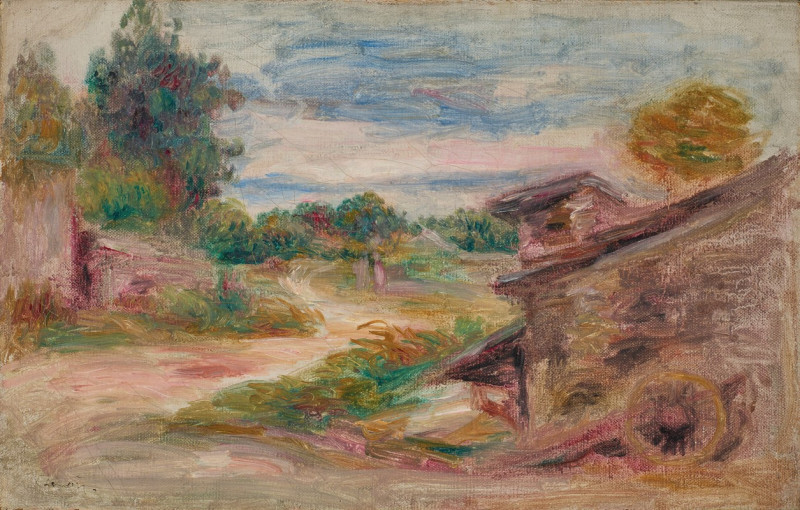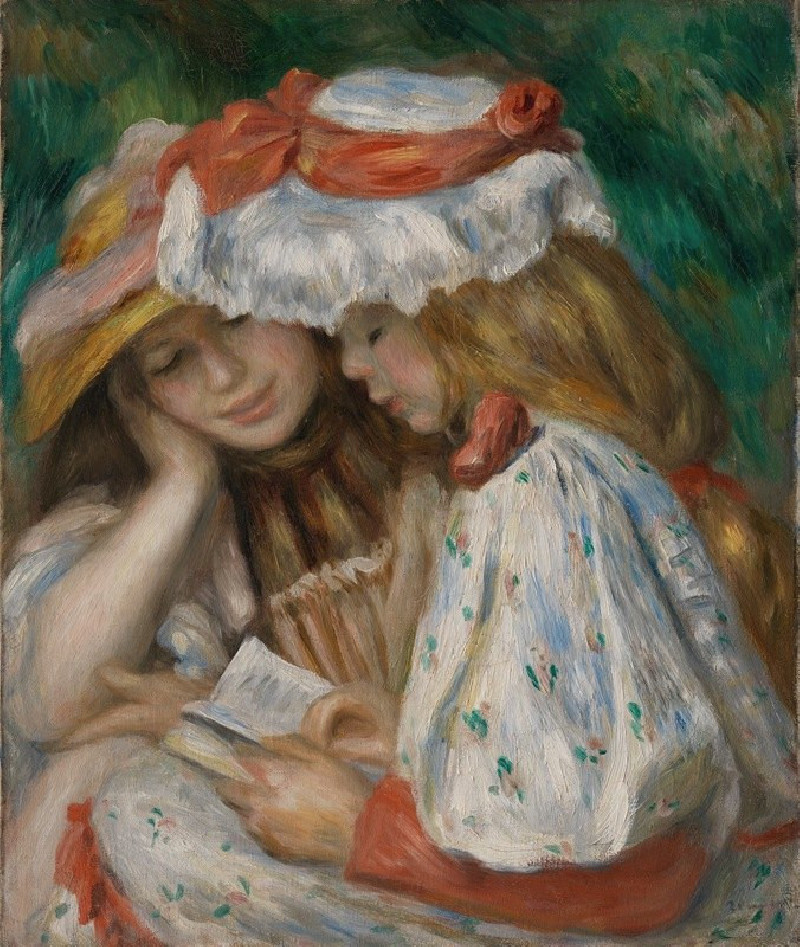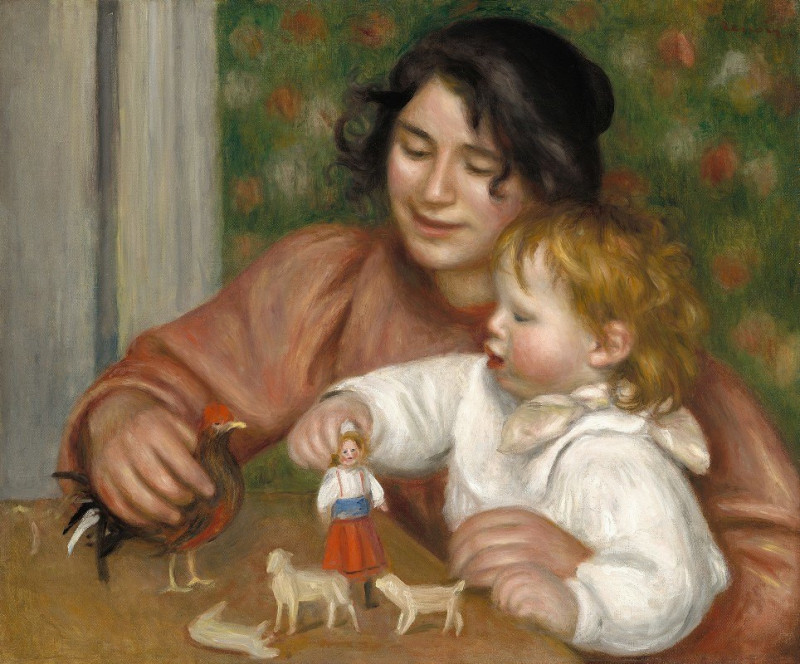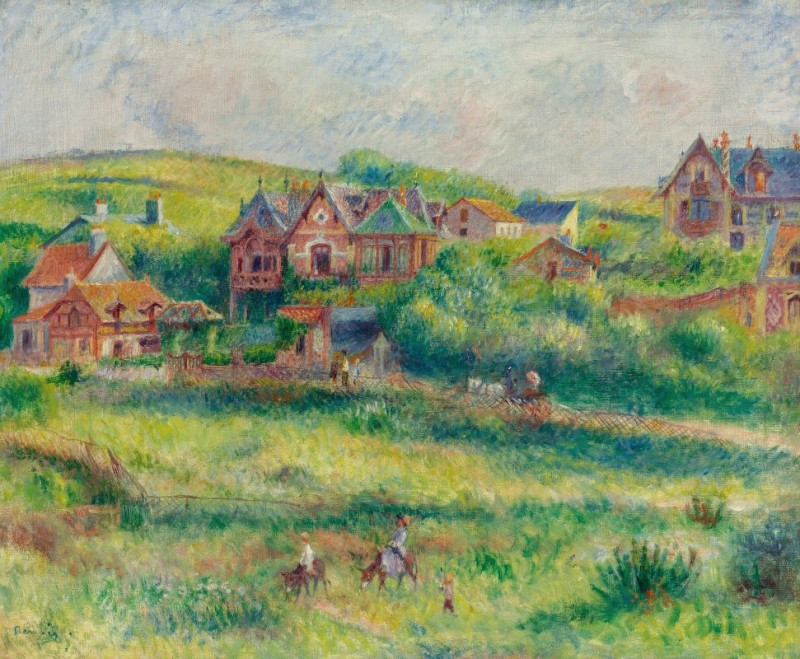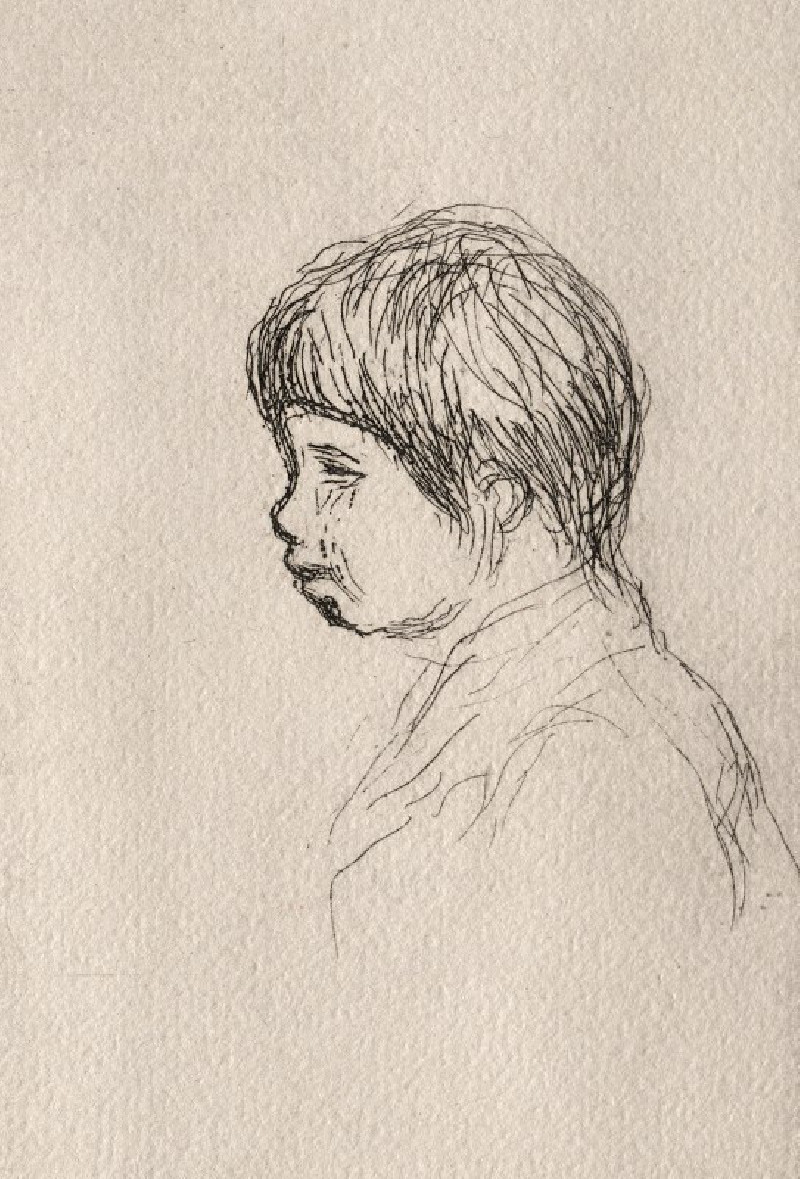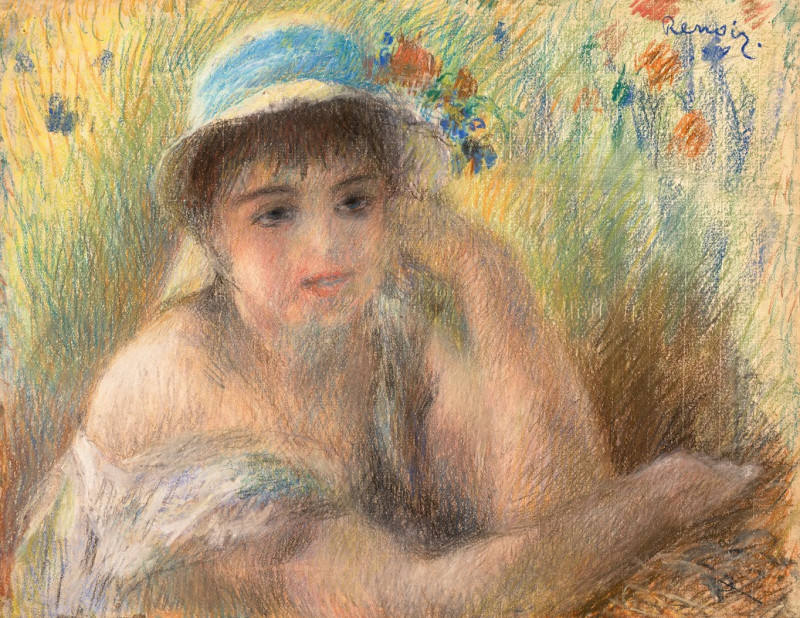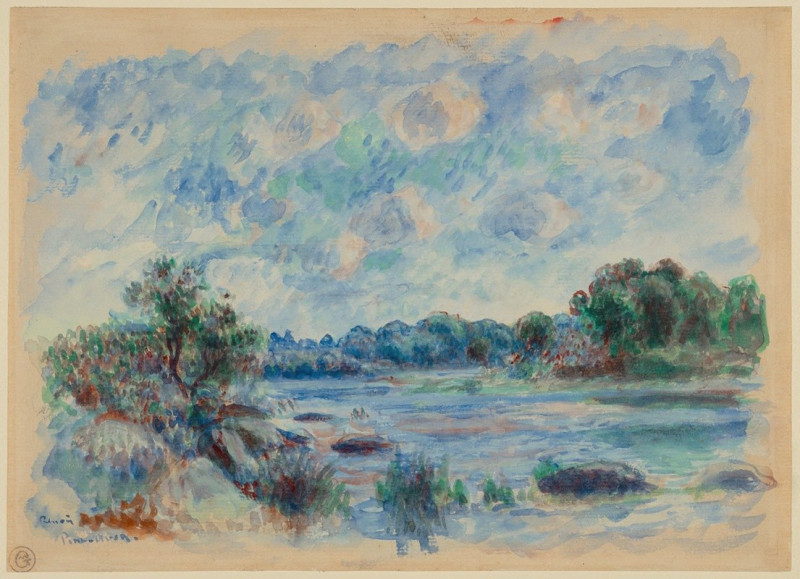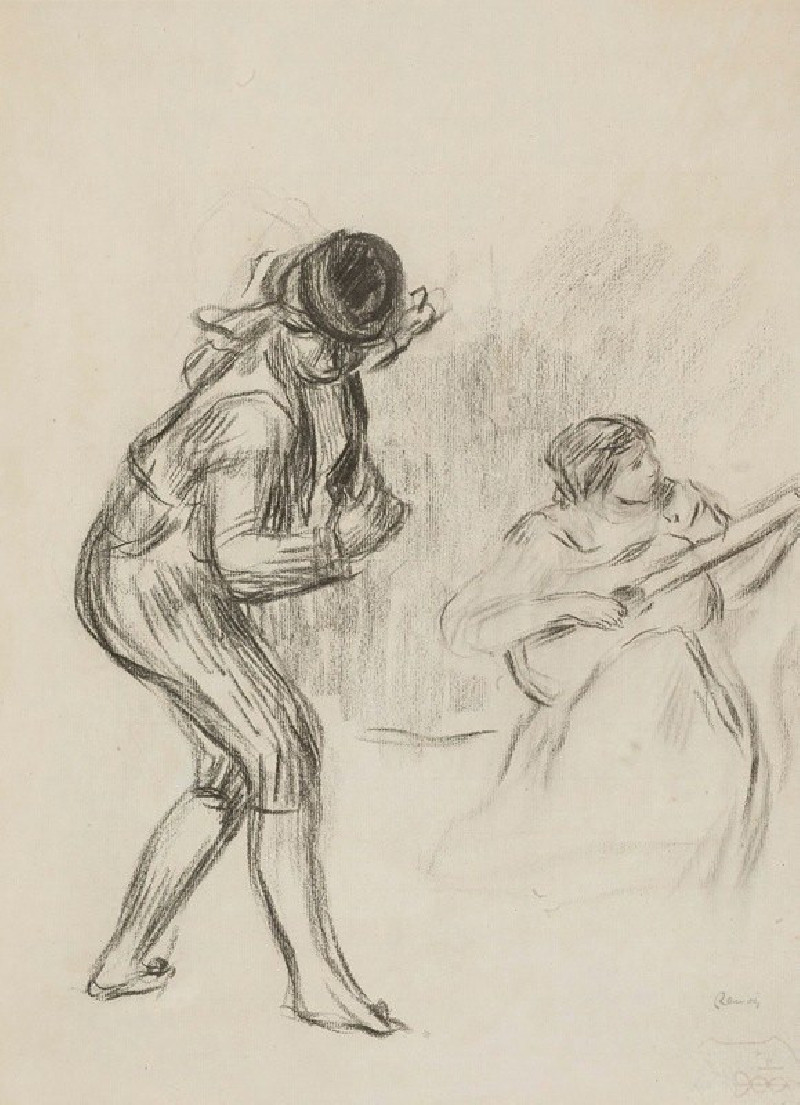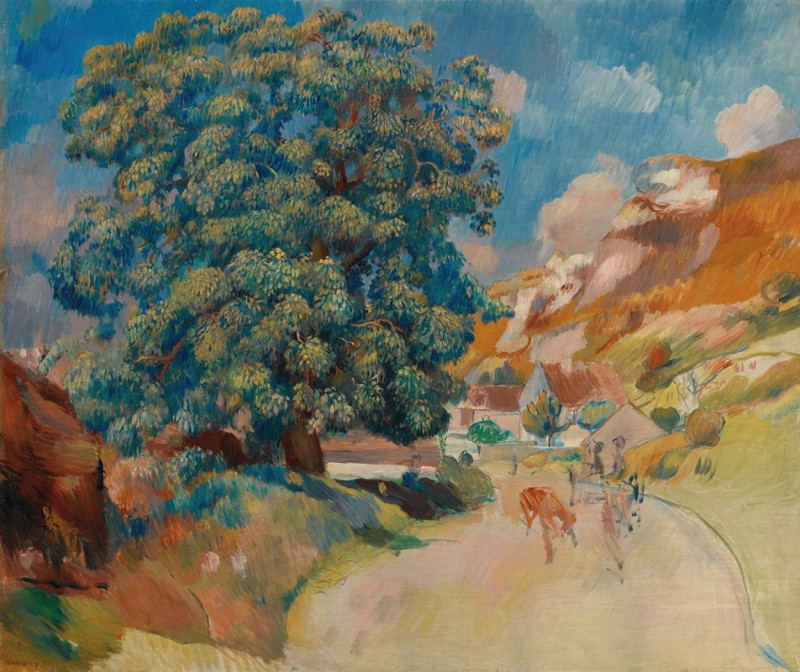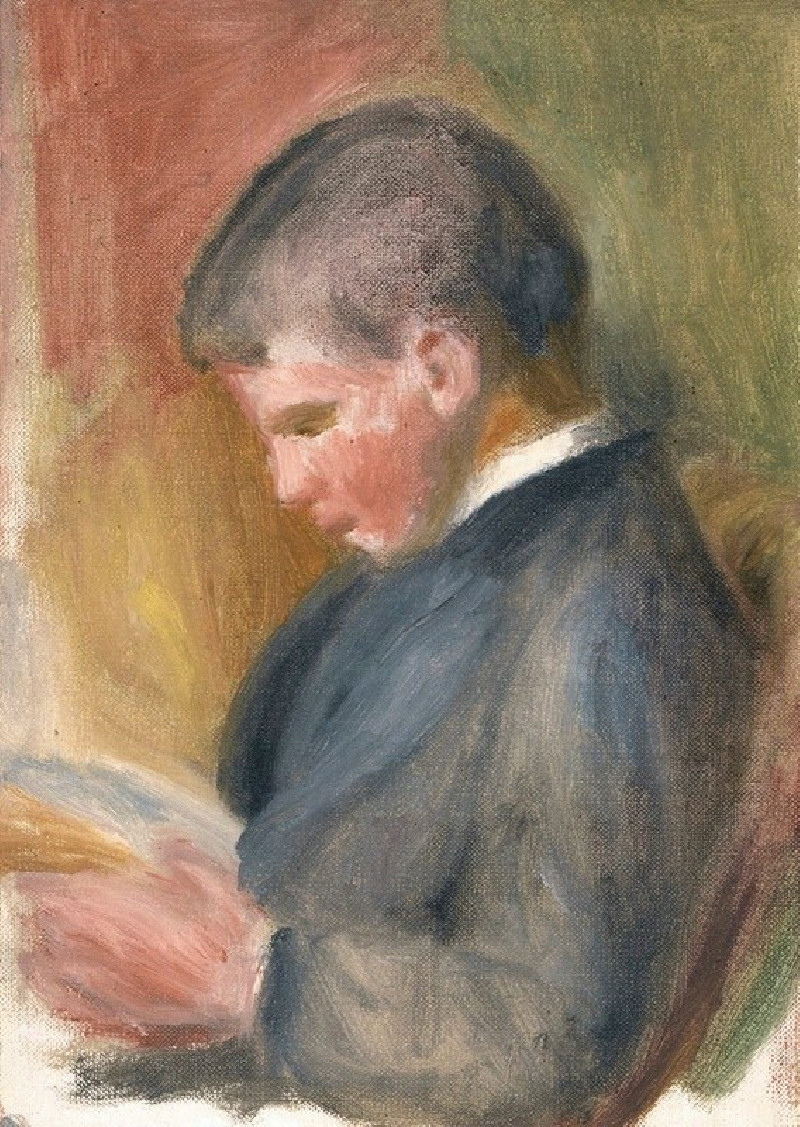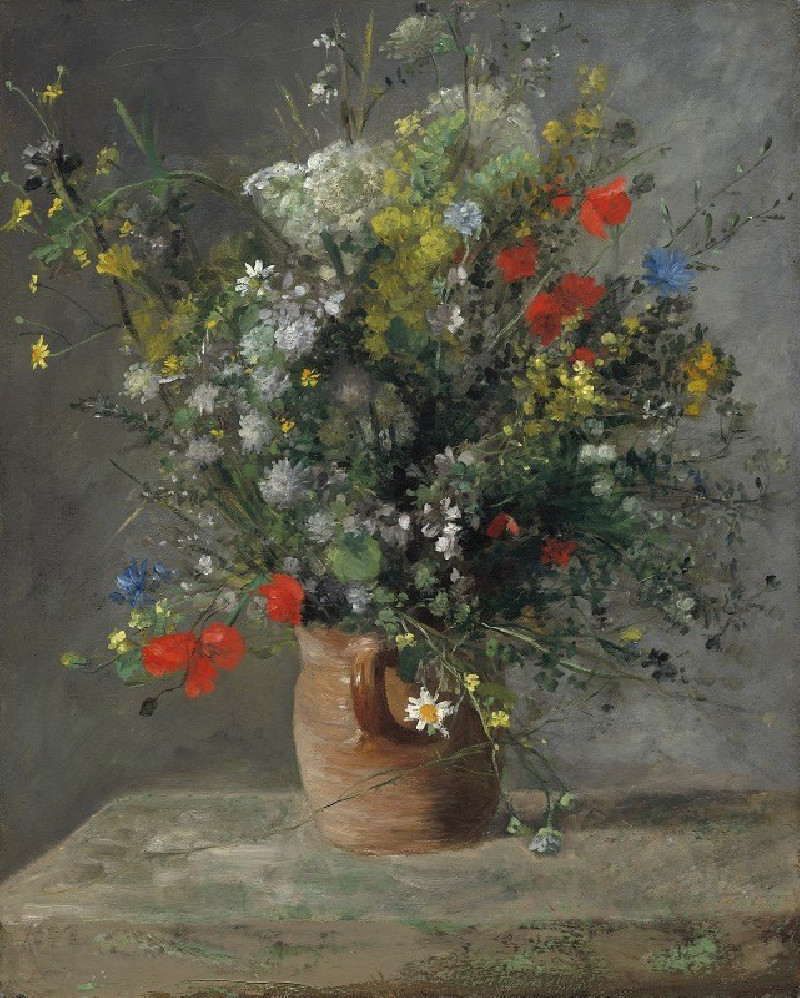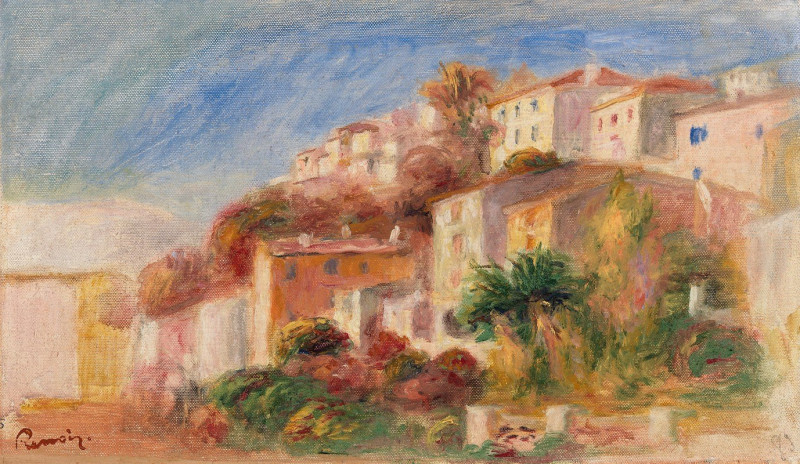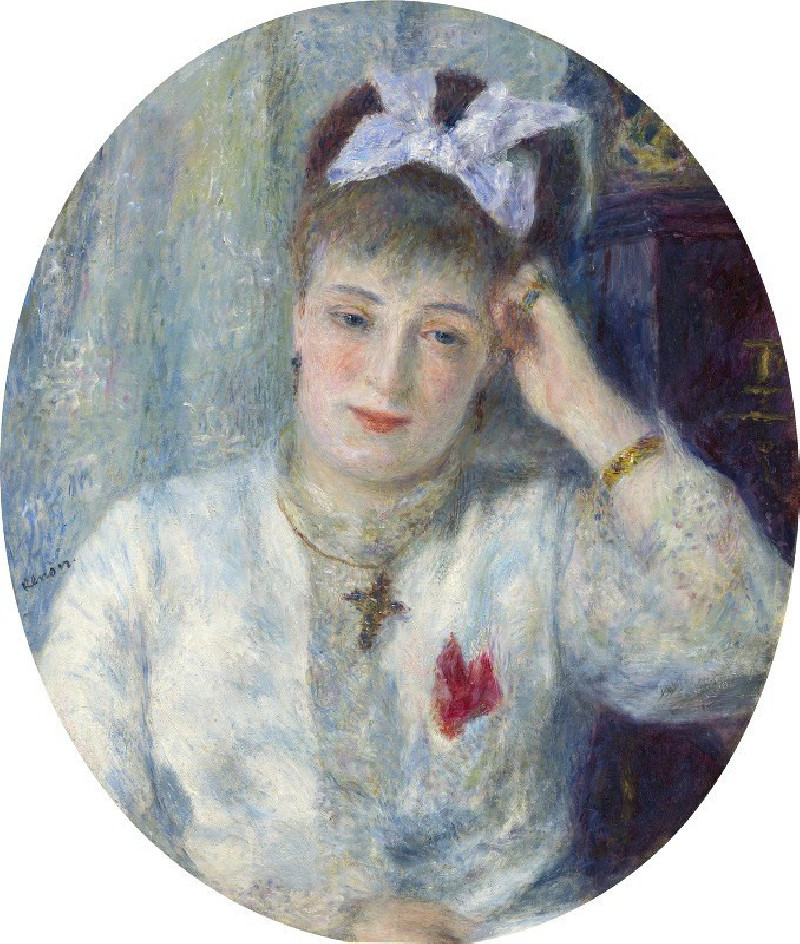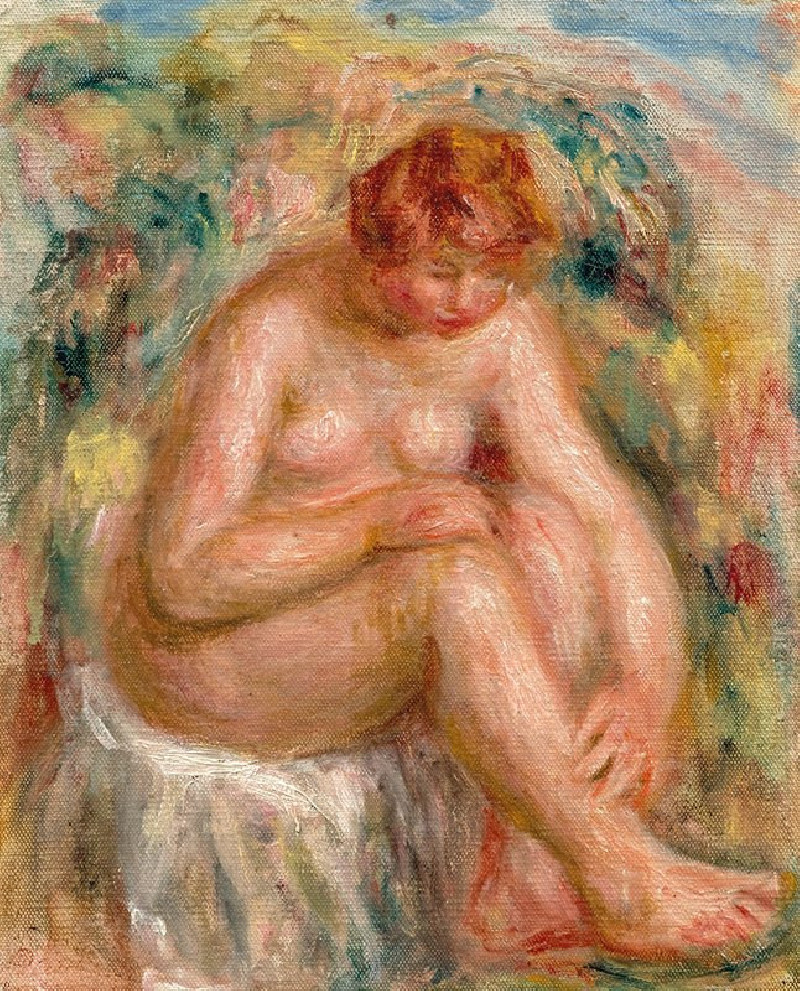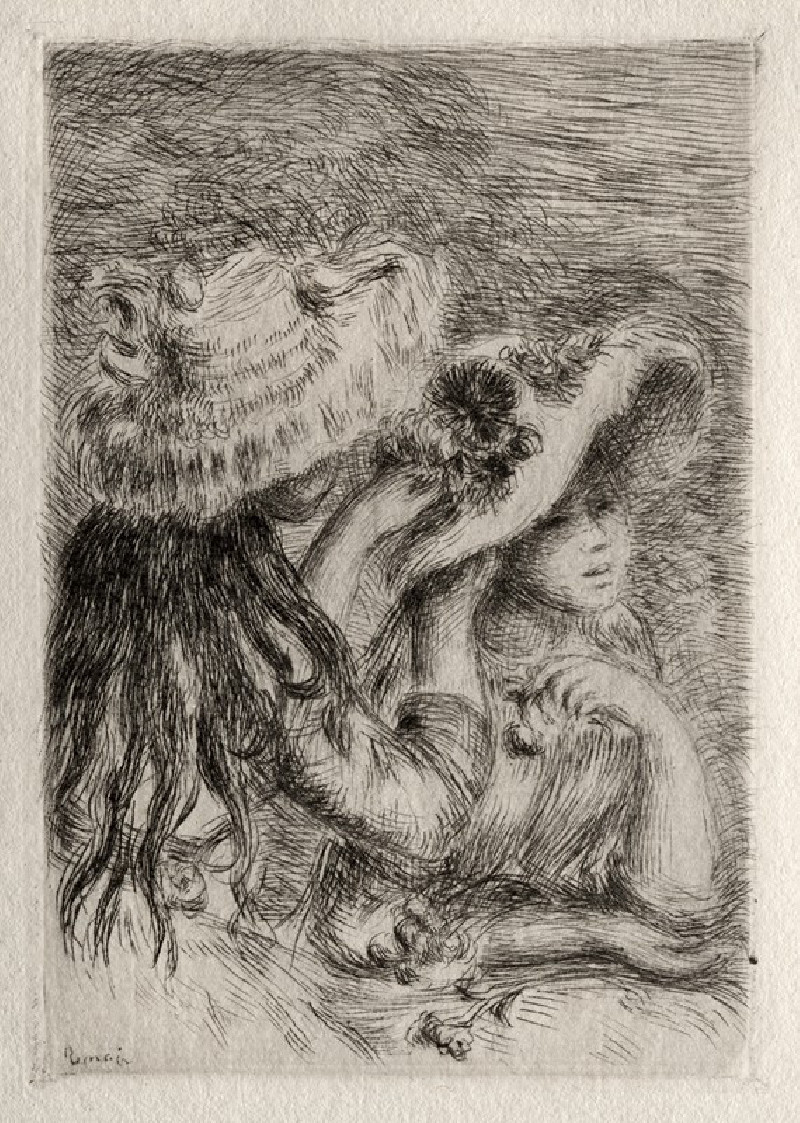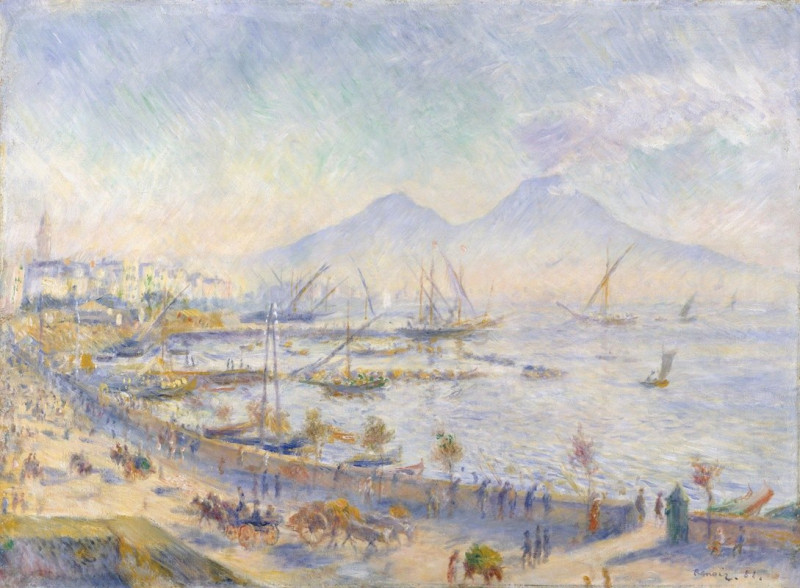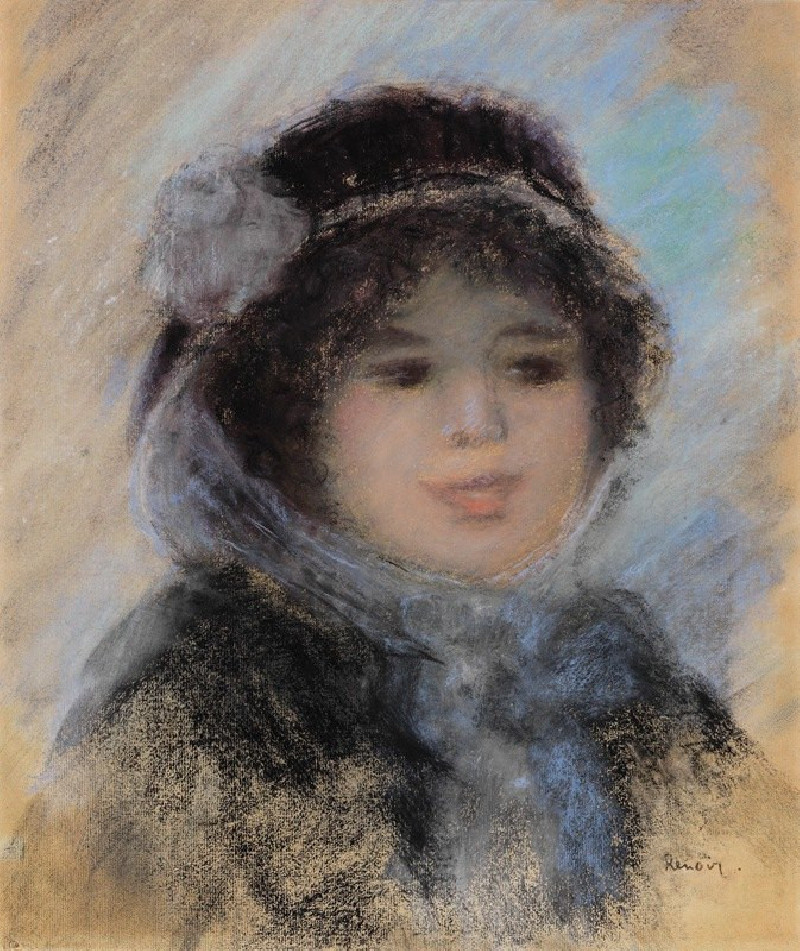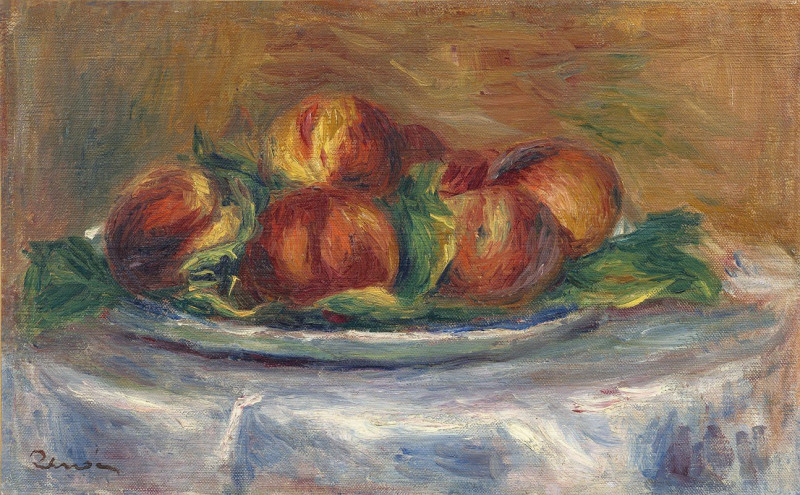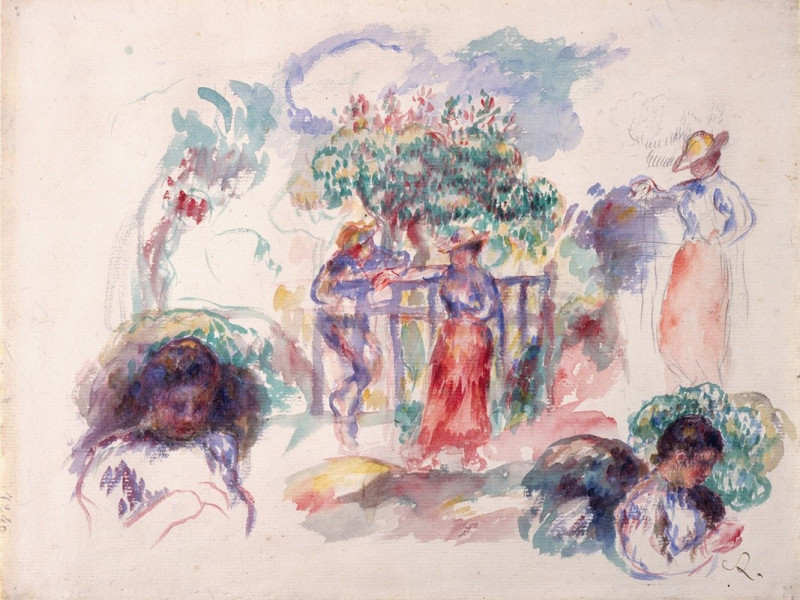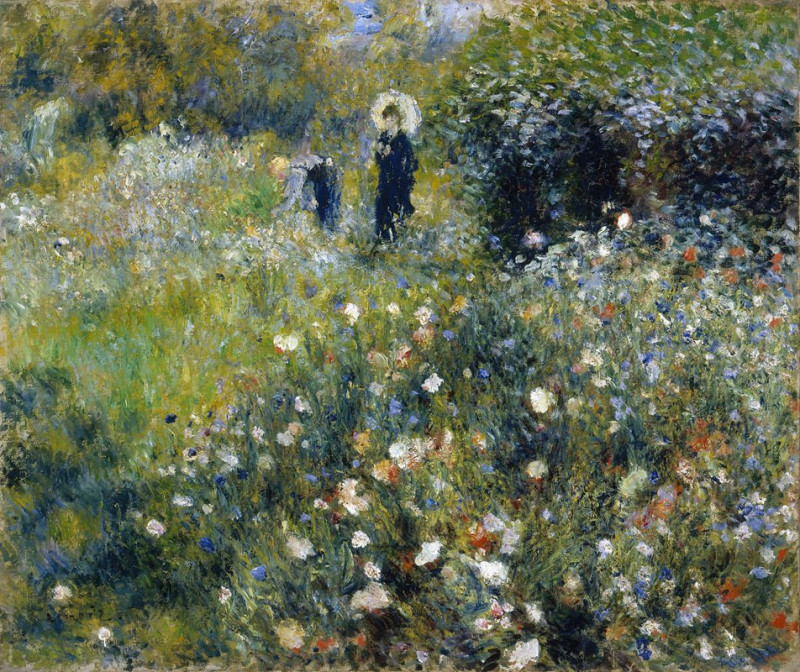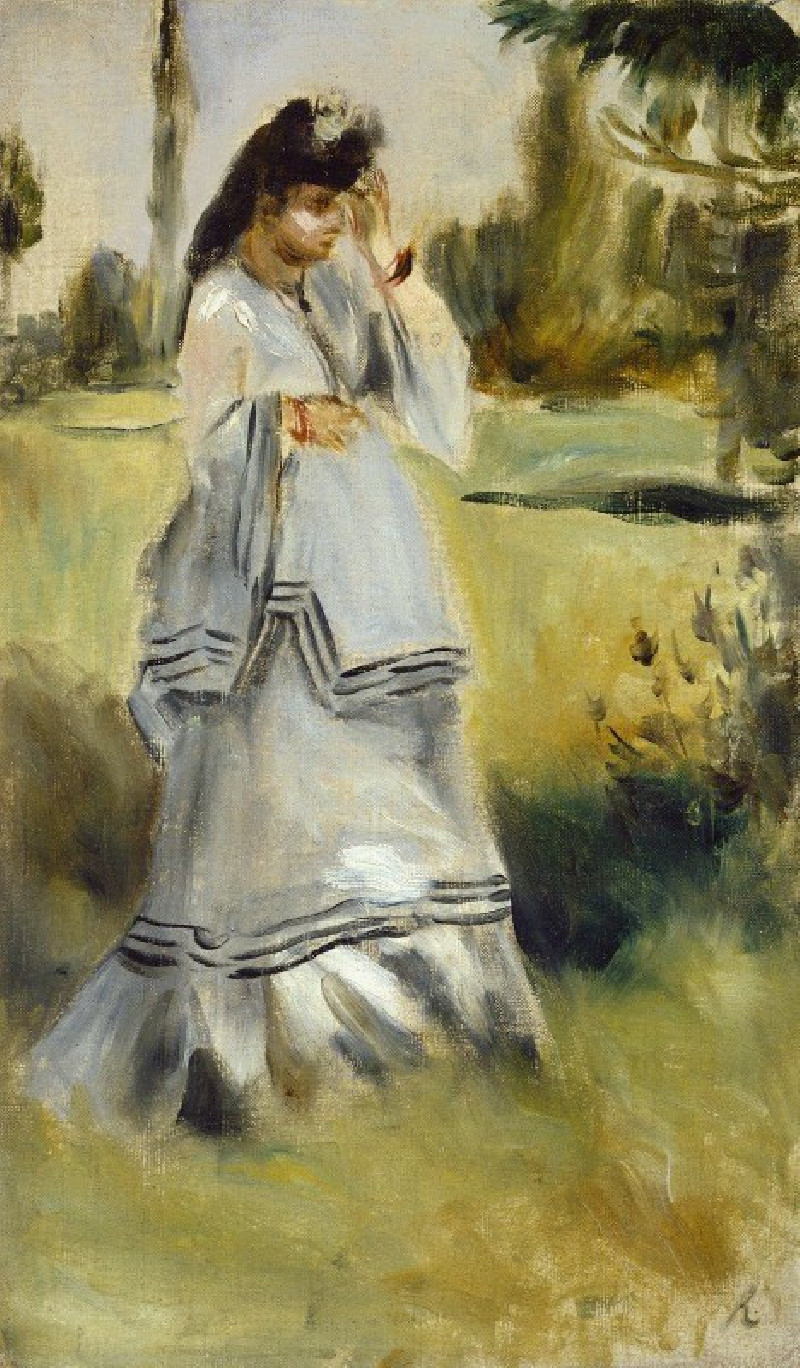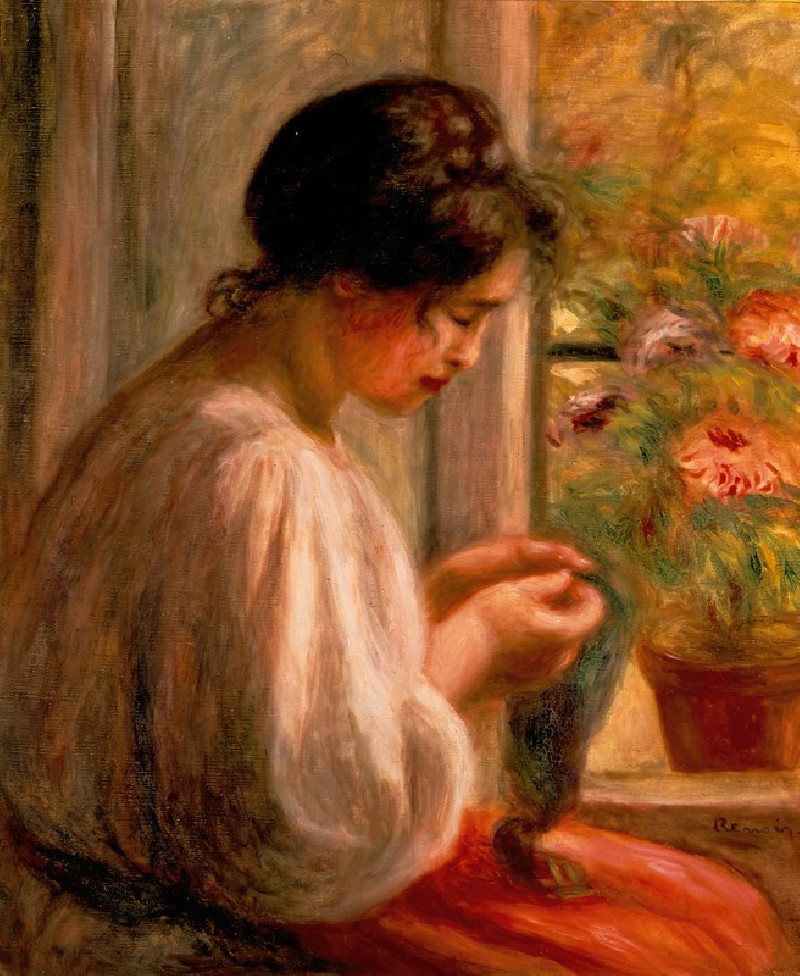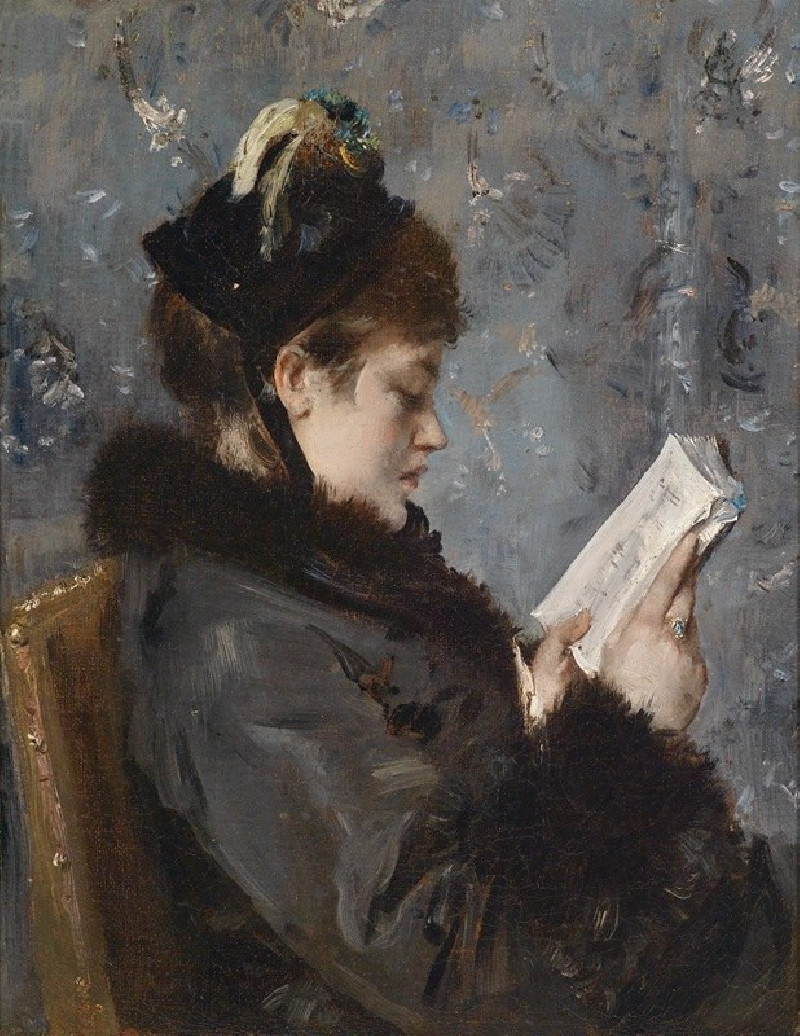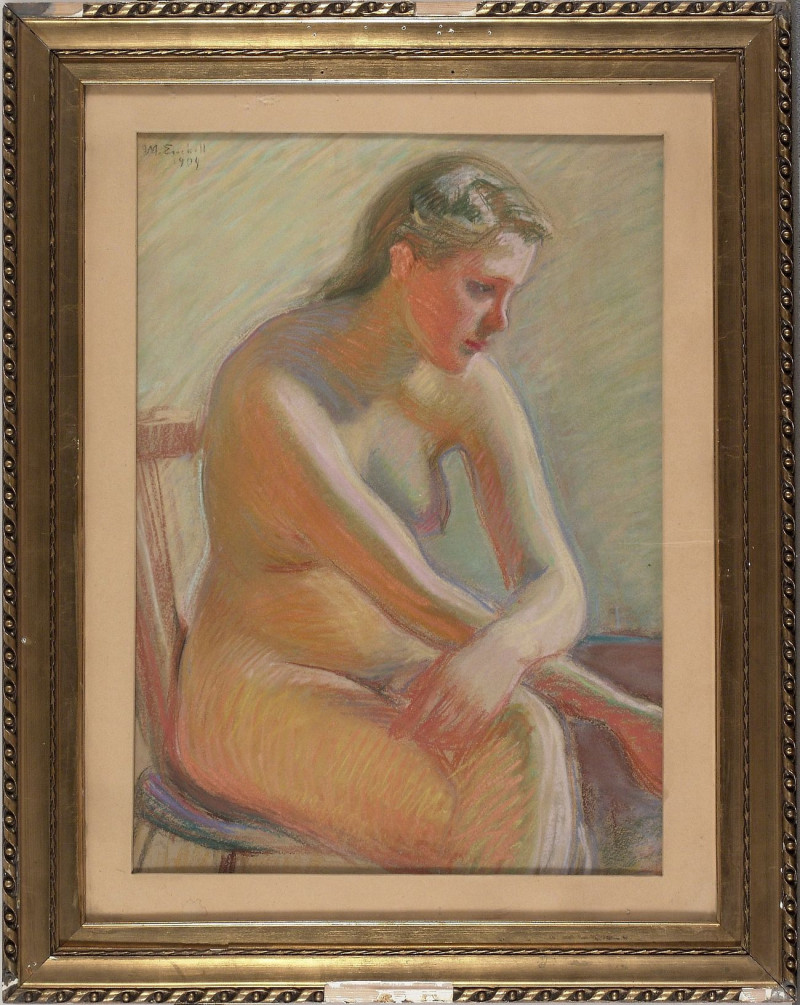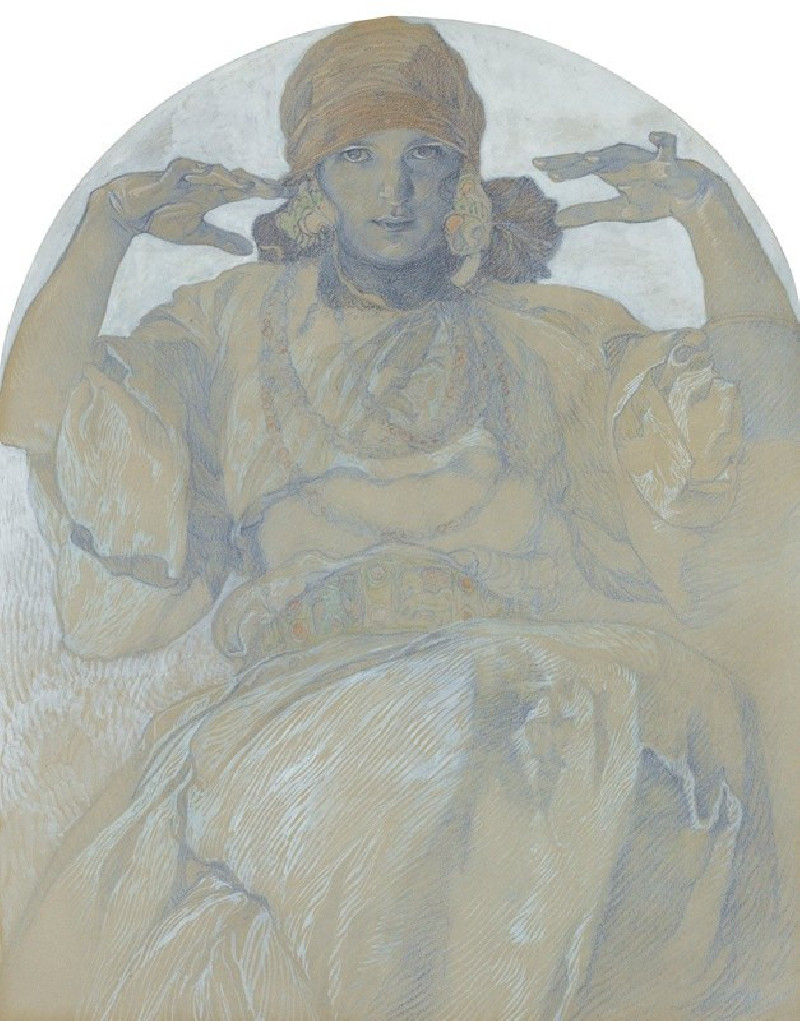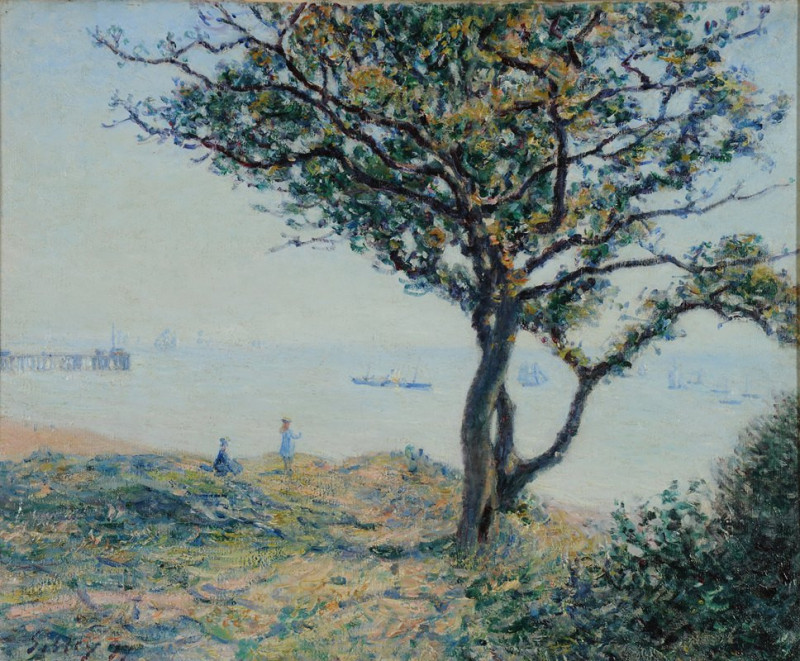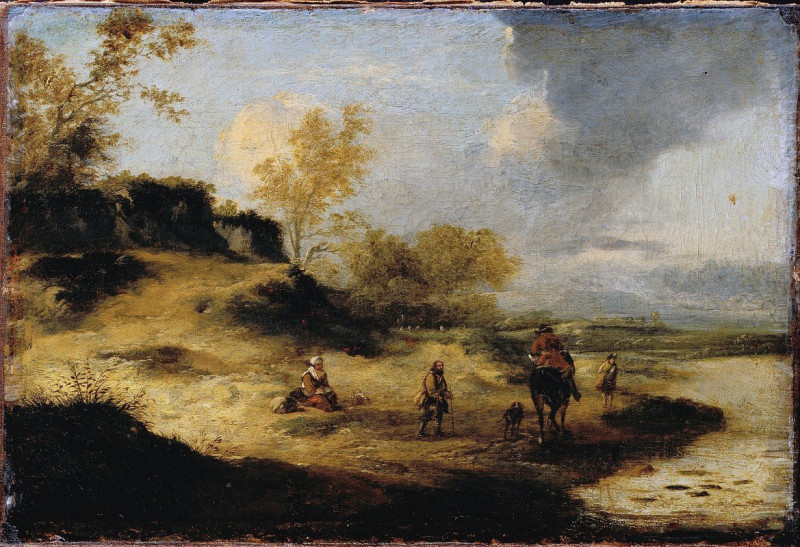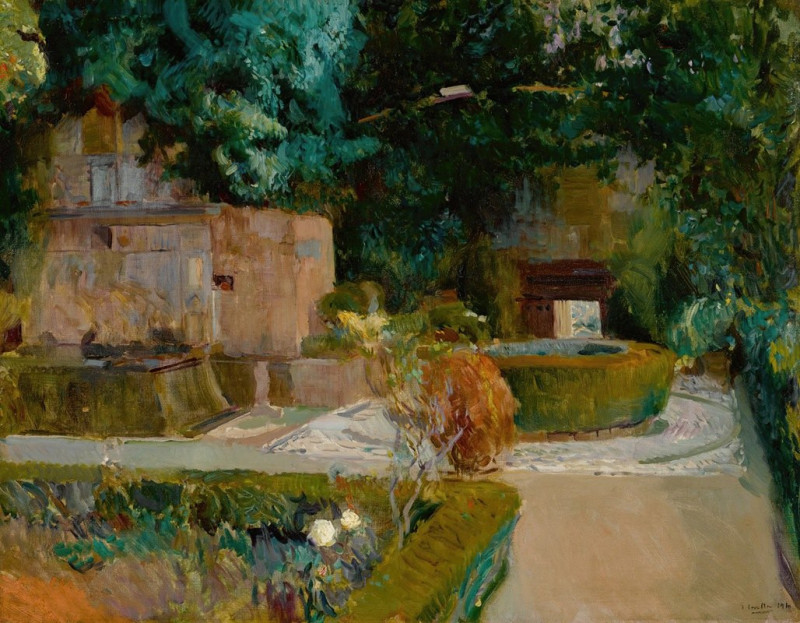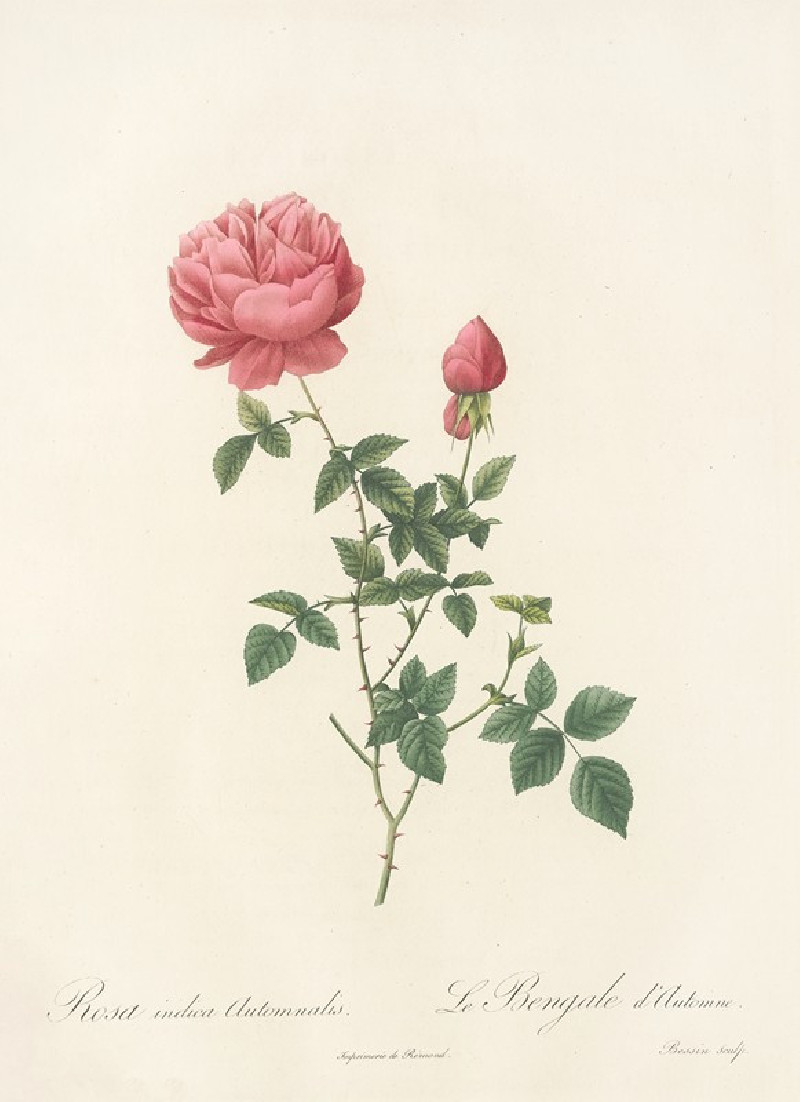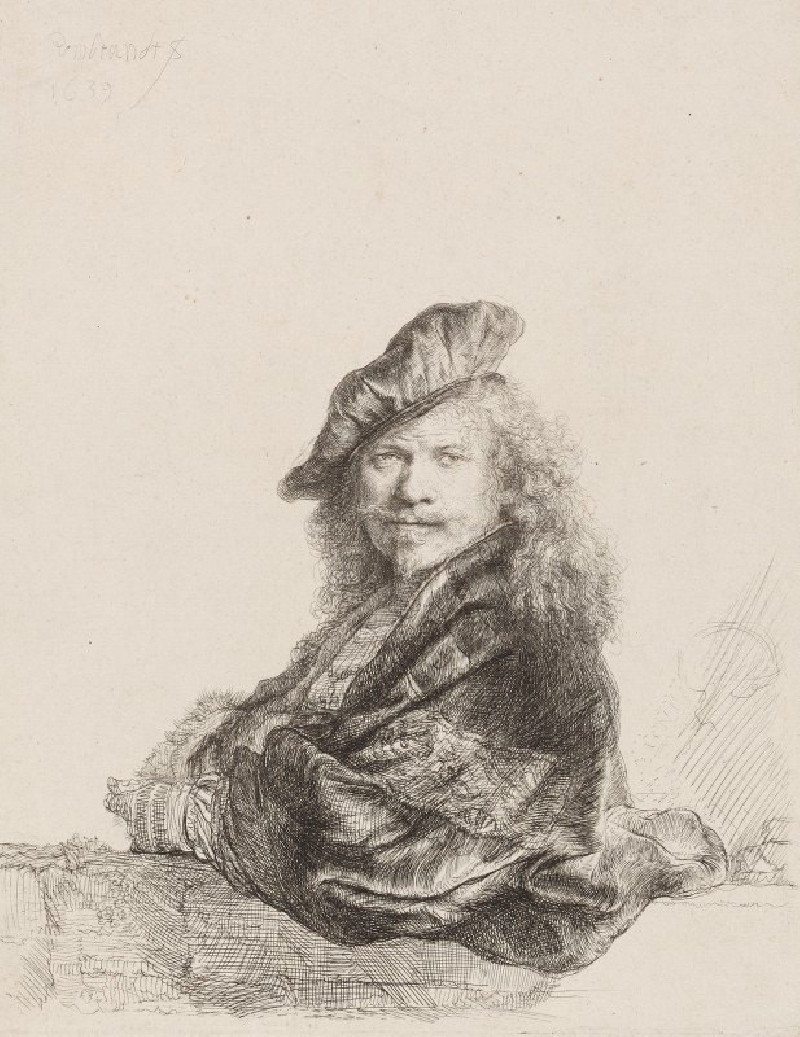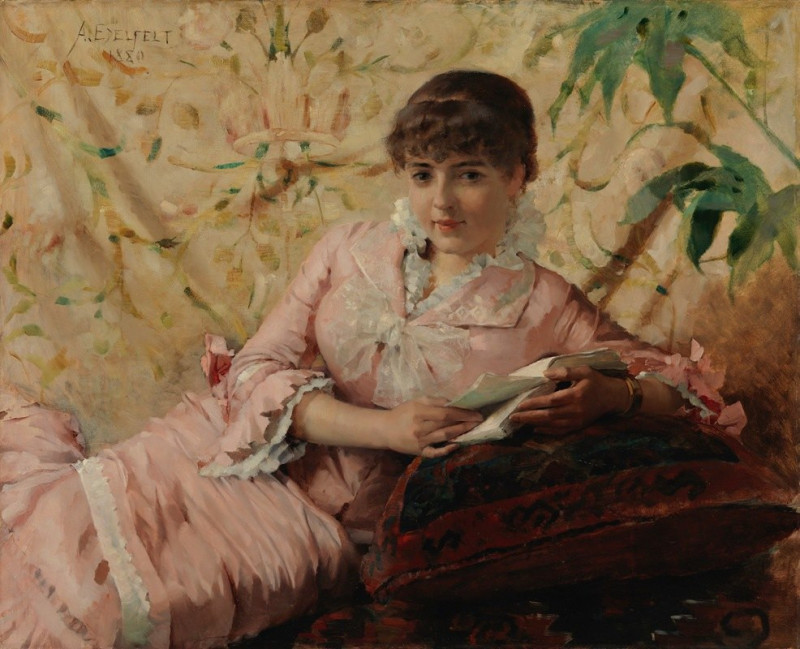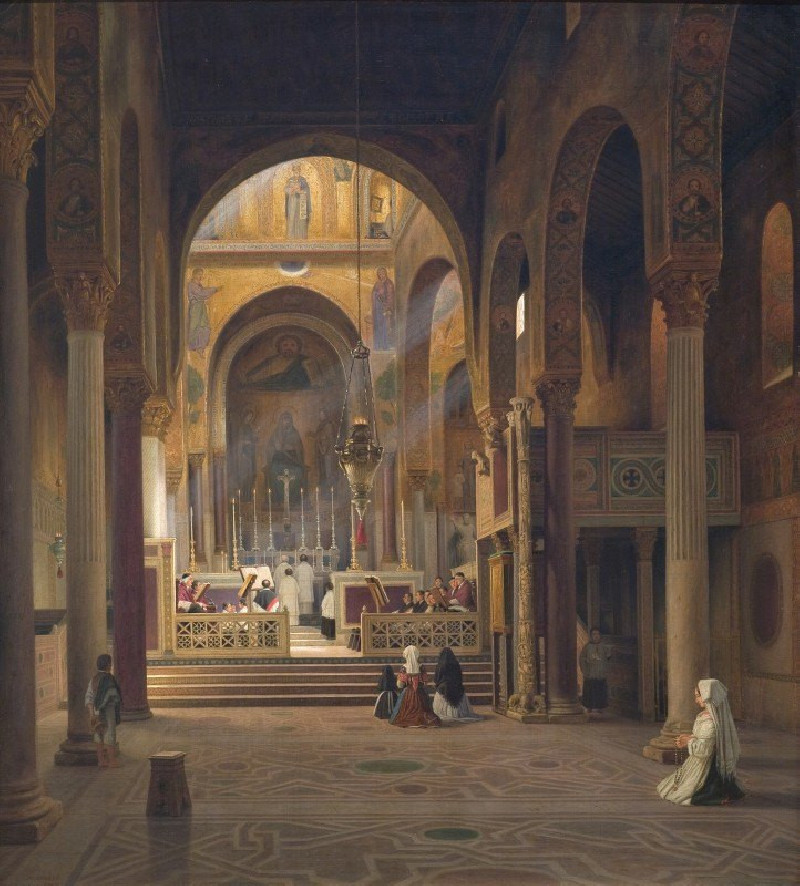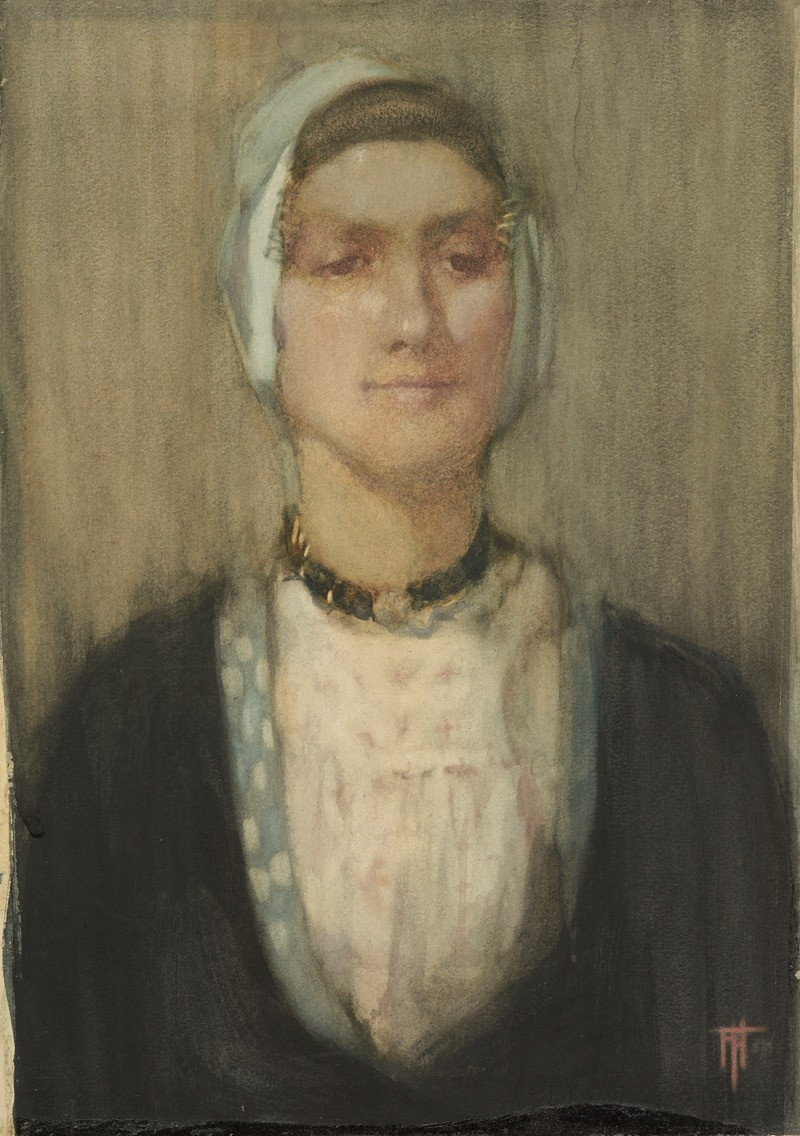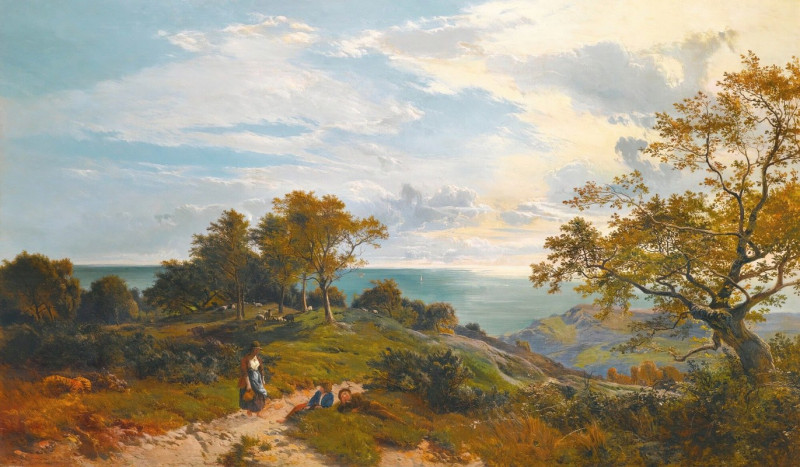Portrait of a Man (Monsieur Charpentier) (c. 1879)
Technique: Giclée quality print
Recommended by our customers
More about this artwork
"Portrait of a Man (Monsieur Charpentier)" by Pierre-Auguste Renoir, painted around 1879, features a striking depiction of a man dressed in a blue uniform with gold buttons and a yellow collar. The subject, presumed to be Monsieur Charpentier, appears distinguished with his neatly groomed mustache and introspective gaze. The brushwork is typical of Renoir, fluid and expressive, contributing to a lively yet contemplative representation of the man’s face. The impressionistic style, marked by the vivid play of colors and light, creates a sense of immediacy and intimacy, capturing not just the man’s physical features but also a hint of his personality or mood at that moment. The background is loosely rendered, focusing the viewer's attention on the subject's face and upper torso. This portrait is an excellent example of Renoir’s skill in capturing human expression and his focus on the character and dignity of his subjects.
Delivery
Returns
Pierre-Auguste Renoir was a French artist who was a leading painter in the development of the Impressionist style. As a celebrator of beauty and especially feminine sensuality, it has been said that "Renoir is the final representative of a tradition which runs directly from Rubens to Watteau."

